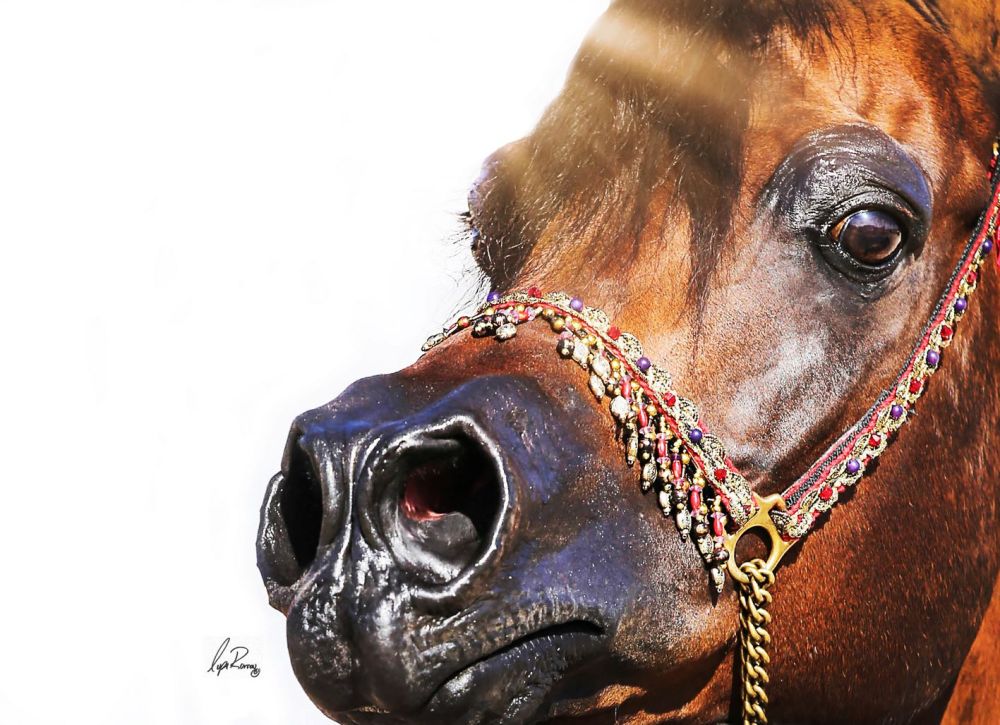Future of Arabian Horse Breeding: Genetics and Technology

Arabian horses are renowned for their beauty, endurance, and intelligence. As we look to the future, the breeding of Arabian horses is being transformed by cutting-edge genetics and innovative technologies. This article explores how these advancements are shaping the future of Arabian horse breeding, enhancing traits, health, and performance.
Introduction

Arabian horse breeding has a rich history, but modern science is revolutionizing traditional methods. Genetics and technology are enabling breeders to make more informed decisions, improve bloodlines, and ensure the health and vitality of future generations.
Genetic Advancements in Arabian Horse Breeding

Understanding Equine Genetics
- Genetic Markers: Identification of specific DNA sequences linked to desirable traits such as speed, stamina, and coat color.
- Genomic Selection: Using genome-wide data to predict the breeding value of horses more accurately.
Benefits of Genetic Testing
- Early detection of hereditary diseases.
- Selection for superior traits to enhance performance and appearance.
- Preservation of genetic diversity to avoid inbreeding.
Gene Editing Prospects
- CRISPR and other gene-editing technologies hold potential for correcting genetic defects.
- Ethical considerations and regulatory challenges remain significant.
Technological Innovations in Breeding Practices
Artificial Insemination (AI) and Embryo Transfer (ET)
- AI allows for wider dissemination of superior genetics without transporting horses.
- ET enables multiple offspring from valuable mares in a single breeding season.
Advanced Reproductive Technologies
- In vitro fertilization (IVF) and cloning are emerging but controversial techniques.
Data Analytics and Breeding Software
- Software tools analyze pedigrees, performance data, and genetic information to optimize mating decisions.
Health Monitoring Technologies
- Wearable devices track vital signs and activity levels to ensure optimal health and training.
Impact on Arabian Horse Breeding
| Aspect | Traditional Breeding | Future Breeding with Genetics & Technology |
|---|---|---|
| Genetic Improvement | Based on phenotype and pedigree | Data-driven selection using genomic information |
| Breeding Efficiency | Limited by natural cycles and logistics | Enhanced through AI, ET, and data analytics |
| Health Management | Reactive treatment | Proactive monitoring and disease prevention |
Challenges and Ethical Considerations
- Maintaining genetic diversity to prevent bottlenecks.
- Balancing technological intervention with natural breeding practices.
- Addressing ethical concerns around gene editing and cloning.
Frequently Asked Questions (FAQ)
Q1: How does genetic testing improve Arabian horse breeding?
A1: Genetic testing helps identify desirable traits and hereditary diseases early, allowing breeders to make informed decisions that enhance the health and performance of future generations.
Q2: Are cloning and gene editing widely used in Arabian horse breeding?
A2: These technologies are still emerging and are subject to ethical debates and regulations, so their use is limited and carefully controlled.
Q3: What role does technology play in monitoring horse health?
A3: Wearable devices and health monitoring systems provide real-time data on vital signs and activity, enabling proactive care and optimized training.
Conclusion
The future of Arabian horse breeding lies at the intersection of genetics and technology. By embracing these advancements, breeders can enhance the quality, health, and performance of Arabian horses while navigating ethical and practical challenges. This fusion of tradition and innovation promises a new era for this majestic breed.
Written with insights into equine genetics and breeding technologies, this article aims to inform breeders, enthusiasts, and researchers about the exciting future of Arabian horse breeding.
